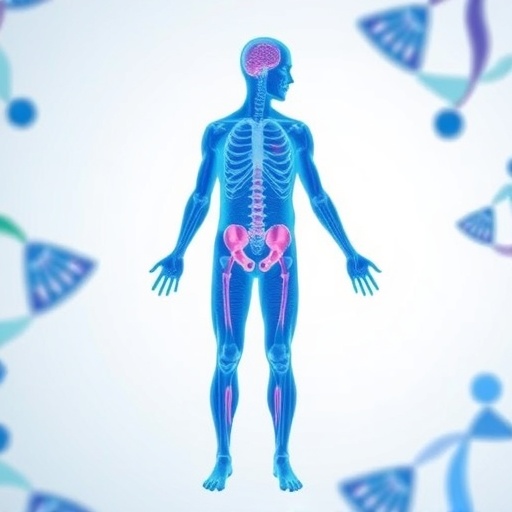Identification and functional validation of proteins involved in tumorigenesis are essential steps toward advancing cancer precision medicine. In The Journal of Clinical Investigation researchers from VIB, KU Leuven (Belgium) together with colleagues from INSERM (France) now report the important role for FES in the initiation and progression of melanoma, a malignant type of skin cancer, that is notoriously quick to metastasize and that responds poorly to existing cancer treatments. Unexpectdly the expression of FES, which encodes a kind of protein better known for their ability to promote cancer development-, is lost in a large fraction of human melanoma. The researchers also identified a pharmacological way through which FES expression can be restored in human melanoma. This can be the first step in a novel therapeutic strategy against melanoma.
Human melanoma is a very aggressive skin cancer, but very little is known about the mechanisms that cause the disease to progress. The fact that melanoma often exhibits UV-induced genetic alterations makes it, among other features, a very complex disease to study. Prof. Jean-Christophe Marine (VIB-KU Leuven) and others developed mouse models recapitulating some of the key histopathological features of the human disease. Importantly, the mouse melanoma lesions are far less complex than their human counterparts. Taking advantage of these 'simplified' versions of melanoma, the researchers identified a dozen of new genes that are likely to play key roles in the initiation and/or progression of human melanoma. To further validate their findings, they studied the role of one of the genes, namely FES, and established its important contribution to the development of both mouse and human melanoma.
An oncogene that suppresses melanoma tumor growth via a key cancer pathway
Previous research identified FES as an 'oncogene' — a gene that is able to transform a normal cell into a cancer cell under certain conditions — in leukemia, for example. However, its role in melanoma appears very different.
Prof. Jean-Christophe Marine (VIB-KU Leuven): "To our surprise we obtained clear evidence that FES strongly suppresses melanoma growth and viability. Its expression is silenced in more than 30% of human melanoma lesions. Importantly, we showed that FES deletion in mice accelerated the growth of melanoma tumors."
The research team also showed that FES modulates the WNT signaling pathway. This key cancer pathway is activated in virtually all melanoma, but the mechanisms that contribute to this activation remain largely unclear. So this study provides one route through which this pathway is activated in about 30% of the cases.
Pharmacological implications of FES
Prof. Marine and his research team also identified a pharmacological way of restoring the expression of FES in human melanoma. The approach involved the use of epigenetic drugs that promote DNA demethylation; some of which are currently tested in clinical trials for melanoma. It will be interesting to assess whether the efficacy of these drugs can be linked, at least partly, to restoration of FES expression.
Prof. Jean-Christophe Marine: "We will definitely further explore this new putative therapeutic strategy. Importantly, in the same time our data raise concerns about ongoing clinical trials with broad spectrum tyrosine kinase inhibitors. Some of these inhibitors inactivate FES and therefore may lead to undesired effects."
###
Publication
Comparative oncogenomics identifies FES as a tumor suppressor in melanoma, Olvedy et al. Journal of Clinical Investigation, May 2017
Questions from patients
A breakthrough in research is not the same as a breakthrough in medicine. The realizations of VIB researchers can form the basis of new therapies, but the development path still takes years. This can raise a lot of questions. That is why we ask you to please refer questions in your report or article to the email address that VIB makes available for this purpose: [email protected]. Everyone can submit questions concerning this and other medically-oriented research directly to VIB via this address.
Media Contact
Sooike Stoops
[email protected]
32-924-46611
@VIBLifeSciences
http://www.vib.be
############
Story Source: Materials provided by Scienmag




